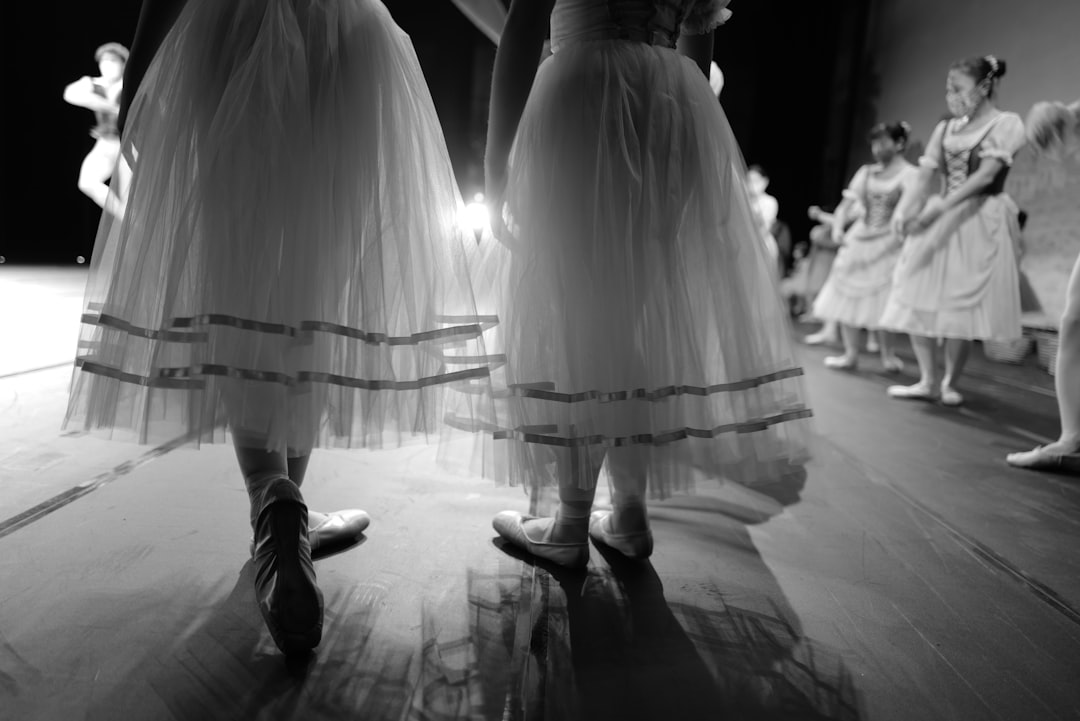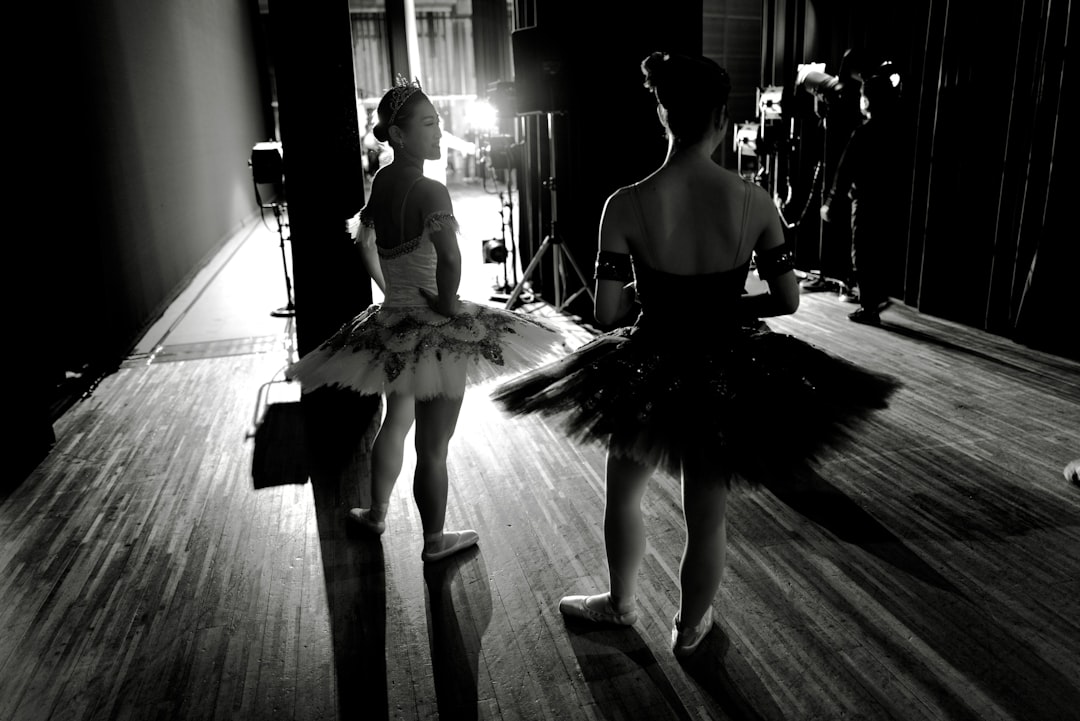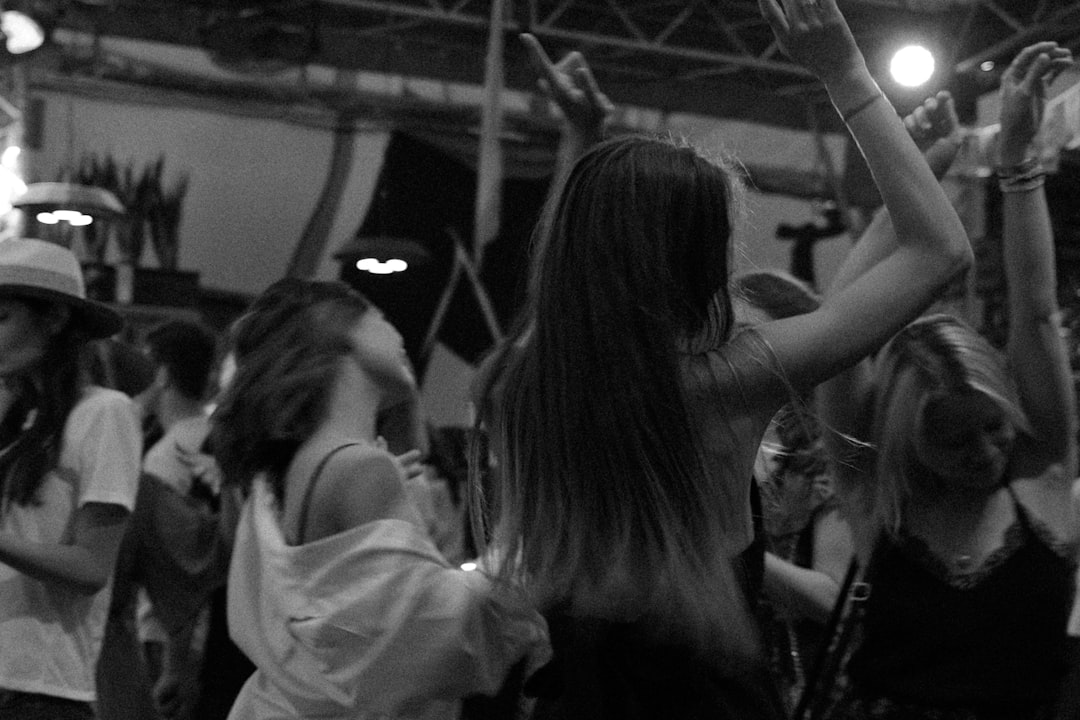

Engage prospects with a scan and streamline customer engagement with FREE QR code marketing tools by Sona – no strings attached!
Create a Free QR CodeFree consultation

No commitment

Engage prospects with a scan and streamline customer engagement with FREE QR code marketing tools by Sona – no strings attached!
Create a Free QR CodeFree consultation

No commitment
Ballroom dance schools face increasing competition as both newcomers and established studios seek student attention in a digitally connected landscape. Many schools struggle to track high-value prospects and student engagement, relying on manual processes like paper punch cards or printed event flyers that rarely capture the true extent of potential interest. As a result, promising leads often remain anonymous or unpursued, and students slip through the cracks after just a few lessons.
Traditional retention efforts tend to fall short with today’s digitally minded students, who expect seamless access to scheduling, feedback, and content right from their smartphones. Busy schedules and fragmented communication leave dancers wanting flexible, convenient experiences, yet old-fashioned forms and disconnected sign-up sheets create friction at every turn.
QR codes have emerged as a practical, low-barrier solution to these challenges, bridging the gap between your ballroom studio’s physical presence and the online engagement modern students crave. With a quick scan, a dancer can join your loyalty program, register for classes, watch recaps, leave feedback, or refer a friend, all without app downloads or cumbersome navigation. This simplicity keeps potential opportunities from being missed and ensures that every student interaction is trackable, turning once-invisible visitors into loyal, engaged participants.

Ballroom schools often lose engaged students due to missing data and inefficient tracking, with many prospects never making it into the CRM or follow-up cycles. QR codes close this gap by making every interaction measurable and actionable, so a casual visitor can smoothly become a committed student and a one-time attendee can evolve into a loyal member.
Start by mapping the most important moments in your student journey. Identify where people show interest and where friction causes drop-off: at the entrance, on printed schedules, after a trial class, during events, or post-competition. Replace analog friction with digital simplicity at each point, then capture interactions in your CRM so you can follow up with relevant offers, reminders, and content.
By integrating QR codes into your core operations, you reduce the risk of missed upsell or referral opportunities, strengthen follow-up with demo prospects, and create a proactive retention system guided by real behaviors instead of assumptions. Platforms like Sona QR make it easy to generate codes, capture first-party data ethically, and sync it with your CRM for automated nurturing. Start creating QR codes for free at Sona QR.

Ballroom dance studios frequently encounter the challenge of anonymous or lost leads. Many prospects browse class schedules, take home event brochures, or drop into a social dance, but take no immediate, trackable action. Without visibility into who is interested and where they are in their decision-making, potential revenue and engagement remain untapped.
QR codes transform this reality by offering immediate, mobile-first actions in the exact moments when interest peaks. They help your team bridge offline-to-online gaps across appointment cards, promotional flyers, competition programs, and studio signage. Students get one-scan access to what matters: schedules, instructor bios, registration forms, and review pages. You get measurable data on who engaged, when, where, and how to follow up. Real-world examples of QR on event collateral include local competition programs.
By empowering studios to recognize and act on anonymous interest, QR codes turn scattered offline interactions into a systematic, data-driven strategy for measurable growth and retention.

QR codes can be configured for different actions and destinations based on your studio’s goals. Selecting the right format for each touchpoint improves scan rates and conversion, while also improving your data quality. For ballroom schools, the most effective formats are the ones that shorten the path from curiosity to commitment: schedule lookups, registration forms, feedback, and contact saving.
Dynamic codes are often the best choice in a studio environment because classes, instructors, and events change frequently. If you need no tracking and expect the destination to stay the same for a long period, a static code can be sufficient. Most schools benefit from a mix, with dynamic codes used for campaigns and reusable print assets, and static codes used for stable destinations like a general info PDF.
With dynamic QR management, your team can redirect destinations as promotions change and still retain analytics history. This ensures retention efforts stay relevant while every student interaction strengthens your broader engagement strategy.

When you map the student journey from first awareness to long-term loyalty, you will uncover many offline moments that currently do not connect to measurable online actions. QR codes help you turn those moments into interactive touchpoints that capture intent and make follow-up automatic.
Think beyond the front desk. Consider how a prospective student moves through your world: they might see a poster at a community center, watch a demo at a festival, flip through a printed schedule, or pick up a flyer during a social dance. Each of those touchpoints can become a trackable, actionable step in a seamless journey.
By making every outreach effort interactive and measurable, you reduce the risk of disconnected campaigns, unify your messaging, and keep students engaged throughout their dance journey.

Disconnected processes mean many valuable student actions go untracked, from sign-ups and package renewals to reviews and referrals. Aligning QR deployments with concrete retention goals pulls each of these steps into a coordinated, data-driven workflow. This gives your staff time back while giving students a modern, mobile-first experience.
The most effective use cases let students act the moment interest is highest, then automate the studio’s next steps. That means less manual data entry, fewer missed callbacks, and more consistent retention messaging.
With each use case, QR codes remove the manual friction that causes lost prospects, missed conversions, and underleveraged engagement signals. The result is a tighter loop between student actions and studio response.
Every QR scan is a strong intent signal. It captures a specific action, context, and moment in time that says something about what the student wants. By deploying multiple codes across your studio’s touchpoints, you can automatically segment audiences and align follow-up campaigns with real behavior rather than guesswork.
In ballroom schools, the most actionable segments often include trial seekers, wedding couples, social dancers, competitive students, and lapsed members. Tagging scans by stage, location, and use case helps you deliver timely messages, such as a wedding choreography package after a consultation scan or an advanced technique workshop invite after someone views competition coaching content.
With Sona QR, each code becomes a smart entry point into your funnel. The platform captures the data, applies tags, and syncs everything to your systems so you can retarget based on real behavior and proven interest. Start creating QR codes for free at Sona QR.
QR codes do more than make print materials interactive. They add connective tissue across your entire marketing ecosystem so offline curiosity becomes online action, and online interest loops back into in-studio experiences. The result is a unified journey that increases conversions and retention.
For ballroom studios, this connected approach aligns especially well with recurring promotions, seasonal showcases, and curriculum-based pathways. You can connect a printed syllabus to video recaps, tie a social contest to an in-studio photo booth, or use direct mail to drive RSVPs for a themed social.
By measuring scans across every channel, you gain a holistic view of engagement, reduce duplication, and ensure no critical moment falls through the cracks. A centralized platform like Sona QR helps manage codes at scale, monitor performance, and sync data to your CRM and ad tools.
Execution often breaks down when campaigns lack clear objectives, when QR codes are hard to scan, or when performance data lives in separate systems. A focused checklist creates alignment, speeds deployment, and ensures every campaign can be measured and improved.
Before you begin, define a single retention outcome, such as Increase repeat attendance in beginner socials, Improve post-class feedback response rate, or Drive private lesson discovery among intermediate students. Then pick the most relevant placements where your audience already engages with your studio in person.
Clarify exactly what action you want students to take. Consider high-impact goals like trial lesson RSVPs for community posters, post-lesson surveys for each class, or referral sharing during social dances.
Choose between static and dynamic depending on whether you need tracking, flexibility, and future updates.
Your code must be seen and must work under real conditions. Design choices and testing directly affect scan rates.
Roll out QR codes where your audience already engages, then expand to secondary channels as results come in.
Measurement is where QR campaigns turn into strategy. Use a central dashboard to monitor performance and adjust quickly.
Without reliable analytics, studios risk investing in tactics without knowing what works. QR-enabled tracking brings clarity by tying scans to actions such as registrations, feedback submissions, and referrals. This makes it possible to attribute retention outcomes to specific materials and messages, not just guess based on overall attendance.
The most effective approach combines real-time monitoring with automation. When a code performs well, lean in. When a placement fails to convert, adjust quickly. Over time, this iterative process builds a library of proven plays that increase repeat attendance, package renewals, and loyalty participation.
Sona QR streamlines this process by capturing real-world engagement and syncing it to your systems, while Sona.com adds attribution and journey analytics. Together, they help you connect scans to revenue and make QR codes part of a performance-driven retention strategy.
Sporadic or uncoordinated QR campaigns can generate noise instead of insight. Consistency, clear CTAs, and automation turn QR into a durable retention lever. Focus on a few high-impact plays first, then expand once you have a proven loop from scan to action to follow-up.
Empower your instructors and front desk staff to promote scanning. A quick, friendly prompt like Scan here to get tonight’s recap or Scan to save your private lesson consult often doubles participation because students understand the benefit. For additional ideas, watch practical marketing tips for dance studios.
QR codes are more than a patch for old-school marketing. They offer a scalable way to capture demand at the source, personalize follow-up based on real behavior, and turn every physical surface in your studio into a digital entry point. For ballroom dance schools, this creates a modern, connected experience that keeps students informed, motivated, and engaged across the lessons, socials, and events that define your community.
By embedding QR codes strategically across your touchpoints, you simplify registration, streamline feedback, and transform print assets into accountable, high-value channels. Each scan surfaces intent you can act on right away, while centralized tracking and automation help your team convert interest into repeat attendance and long-term loyalty. With platforms like Sona QR and Sona.com, you can generate and manage codes at scale, integrate with your CRM, and attribute outcomes to the materials and messages that work best, ensuring your retention strategy is both data-driven and student-centered.
QR codes have transformed ballroom dance schools from traditional class sign-ups into dynamic, engaging retention tools. Whether it’s attracting new students, enhancing in-class experiences, or providing personalized follow-ups, QR codes streamline connection and capture real-time engagement data to turn every interaction into a step closer to long-term commitment. Imagine effortlessly tracking which event flyers or social media posts bring in the most dedicated dancers—and adjusting your strategies instantly to keep them coming back.
With Sona QR, you can create dynamic, trackable QR codes in seconds, update content without reprinting materials, and link every scan to measurable retention outcomes. No more guesswork—just smarter, more effective ways to boost attendance and build a loyal dance community. Start for free with Sona QR today and turn every scan into a lasting dance partnership.
Ballroom dance schools struggle with tracking high-value prospects and student engagement due to manual processes and disconnected communication, leading to missed opportunities and student drop-off.
QR codes digitize analog processes, capture measurable student interactions, enable seamless scheduling and feedback access, and facilitate automated follow-ups, which together reduce missed opportunities and improve retention.
Dynamic QR codes for schedules, registration forms, feedback, and contact saving are most effective, while static codes work for stable information like general studio PDFs.
Effective placements include studio entrance signage, printed schedules, competition programs, merchandise tags, community posters, event materials, and digital signage.
QR codes provide scan data including time, location, and campaign source, allowing studios to analyze which materials drive registrations, reviews, and referrals for data-driven optimization.
Common use cases include digital class registration, post-lesson feedback collection, referral and loyalty rewards, access to practice content, and event RSVPs and check-ins.
By deploying multiple QR codes tagged by action, location, and journey stage, schools can segment audiences automatically and sync data to CRM and ad platforms for personalized follow-up.
Integration connects offline and online efforts, making print materials interactive, enabling measurable campaigns across brochures, social media, direct mail, digital signage, and events to increase conversions and retention.
They should define clear retention outcomes, select appropriate QR code types, design and test codes for visibility and scanability, deploy across high-impact channels, and track performance to optimize results.
QR codes provide students with quick, app-free access to schedules, feedback, instructor info, loyalty programs, and practice materials, offering convenience and engagement on their smartphones.
Schools can place QR codes linking to feedback surveys or Google review pages on signage or handouts, making it easy for students to submit reviews immediately after classes.
While the article does not specify dance types, schools can use QR codes to share updated class schedules and instructor profiles that detail the specific ballroom dance styles they offer.
The article does not provide information about the cost of ballroom dance classes.
While QR codes help schools track engagement and registrations, the article suggests using QR codes on local promotional materials, community posters, and event programs to discover and connect with nearby ballroom dance schools.
Class schedules are made easily accessible and dynamically updated via QR codes, allowing students to view live schedules and enroll instantly without outdated information.
Use Sona QR's trackable codes to improve customer acquisition and engagement today.
Create Your FREE Trackable QR Code in SecondsJoin results-focused teams combining Sona Platform automation with advanced Google Ads strategies to scale lead generation

Connect your existing CRM

Free Account Enrichment

No setup fees
No commitment required

Free consultation

Get a custom Google Ads roadmap for your business






Launch campaigns that generate qualified leads in 30 days or less.
